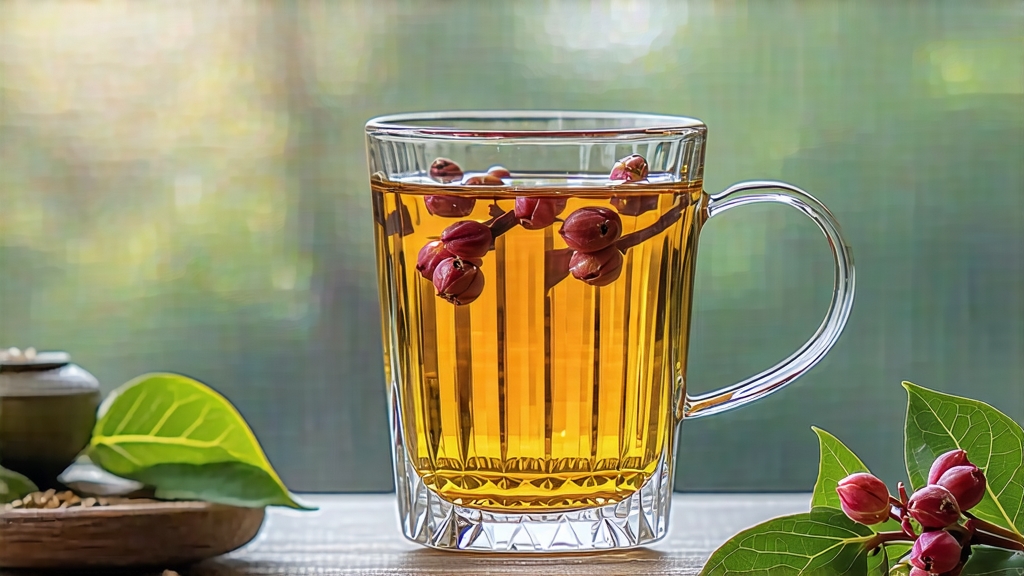
Among the six great families of Chinese tea, white tea is the least interventionist, the most willing to let leaf, air, and time speak for themselves. Within that minimalist lineage, no expression is purer—or more coveted—than Fuding Silver Needle (Bai Hao Yin Zhen). Composed solely of unopened leaf buds, it is literally the first shy gesture of spring, captured at the moment the plant awakens and before it has even decided to become a leaf. To understand Silver Needle is to understand how Chinese artisans learned to do almost nothing, and yet everything, to a tea.
-
A bud’s journey through dynasties
White tea’s written history begins in the Song dynasty (960-1279), when the imperial court in Hangzhou demanded “white” tribute teas—buds so downy they appeared frosted. Those cakes, however, were steamed and pressed, closer to the green-tea technology of their day. The bud-only, sun-withered Silver Needle we recognise today emerged in the late eighteenth century around the coastal county of Fuding, Fujian, where the Da Bai (Big White) cultivar had mutated into a bush that hoarded amino acids in its winter dormancy. When the Qing court fell, the tea slipped out of tribute-cellars and into the port of Fuzhou, where European merchants christened it “Silver Needle” for the visible, pearl-coloured hairs that sheath each bud. By the 1890s it was fetching more than Keemun or Wuyi rock tea in London, and by the 1990s it had become the calling-card of China’s newly revived white-tea export pride. -
The geography of down
Fuding lies on the northeast horn of Fujian, where the Wuyi Mountains surrender to the East China Sea. Granite soils, 1,800 mm of misty rainfall, and a diurnal range cooled by maritime breezes create a terroir that is neither fully coastal nor fully alpine. The Da Bai cultivar thrives here because the bush can synthesise both the maritime salinity it breathes at dawn and the mountain chill it stores after dusk. Move the same cutting fifty kilometres inland and the buds grow longer, greener, less silvery; move it south to Zhenghe and the amino-acid ratio drops, giving a thinner liquor. Thus “Fuding Silver Needle” is protected as a National Geographical Indication, the Chinese equivalent of a French appellation. -
Pluck before the world wakes
The picking window is brutal: only the two weeks straddling Qingming (early April) when the bud is 2.5–3 cm long, still unopened, and the ambient humidity hovers around 75 %. Experienced pickers work backwards through the row, tilting the bush toward the rising sun so they can see the exact moment the down catches light. A single kilo of finished tea needs 30,000 buds, all plucked with the nail, not the fingertip, to avoid the “red bruise” that oxidation would later magnify. The buds are laid in shallow bamboo baskets lined with mosquito netting; any compression would bruise the hairs and turn them ochre. -
The craft of doing almost nothing
Silver Needle is made by two verbs—wither and dry—yet each is subdivided into micro-decisions that take up to 72 hours. First, the buds are scattered on bamboo trays set 60 cm above the ground so air can circulate underneath. For the initial six hours they rest in shade; the goal is to evaporate surface moisture without waking the enzymes. Then the trays are wheeled into a glass-walled solar corridor where filtered sunlight raises the leaf temperature to 28 °C for twenty minutes, then back to shade. This yin-yang cycle repeats eight to ten times, coaxing the bud to surrender 80 % of its water while retaining the down that will later lend sweetness. Finally the buds enter a charcoal-warmed loft at 40 °C for “foot-drying,” a six-hour session that locks in the signature hay-and-melon aroma. No rolling, no pan-firing, no shaking—just the slow persuasion of air and time. -
The chemistry of serenity
Because the cell walls remain almost intact, Silver Needle ages unlike any other tea. Fresh off the loft it tastes like light: a water-colour of cucumber skin, honeysuckle, and steamed